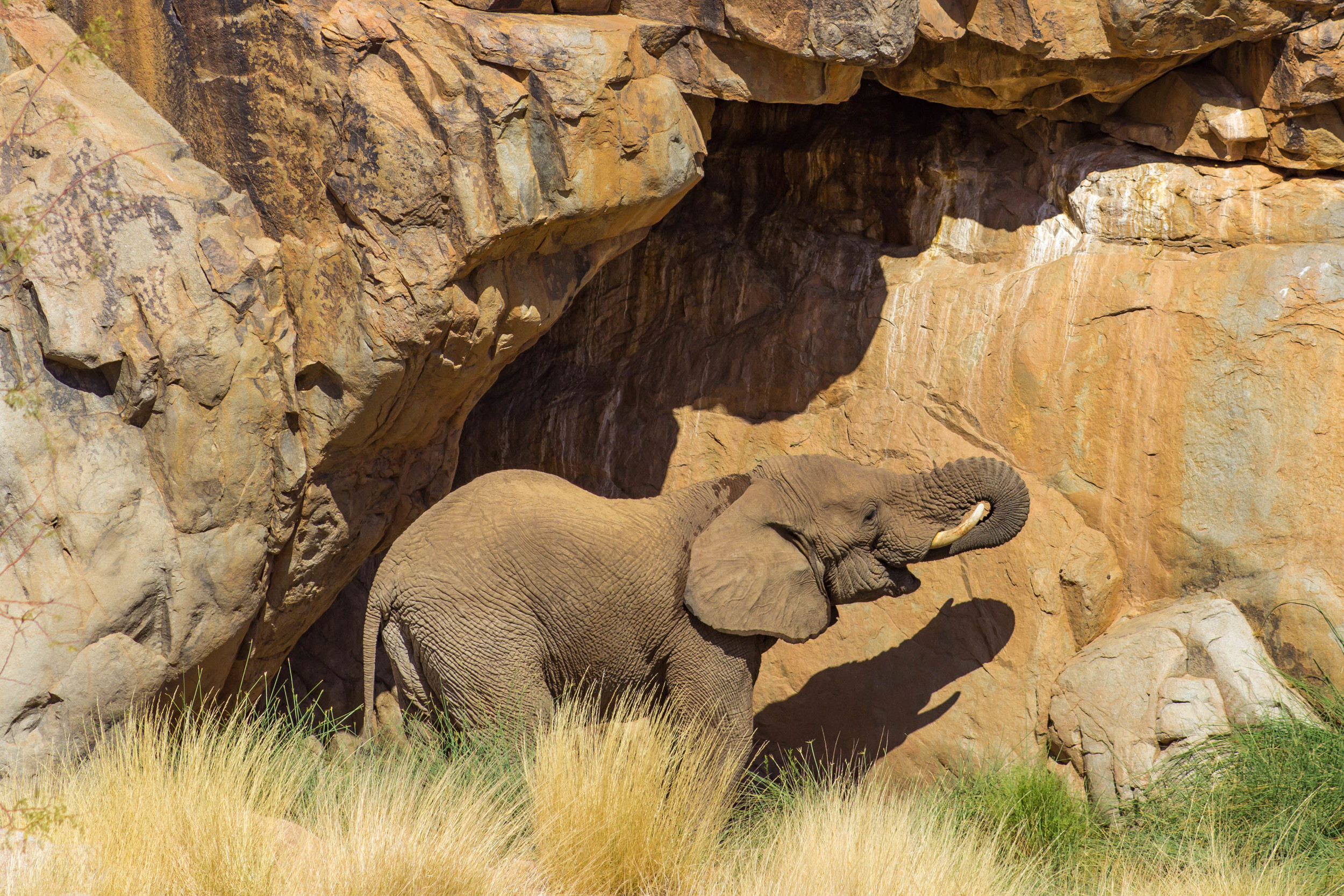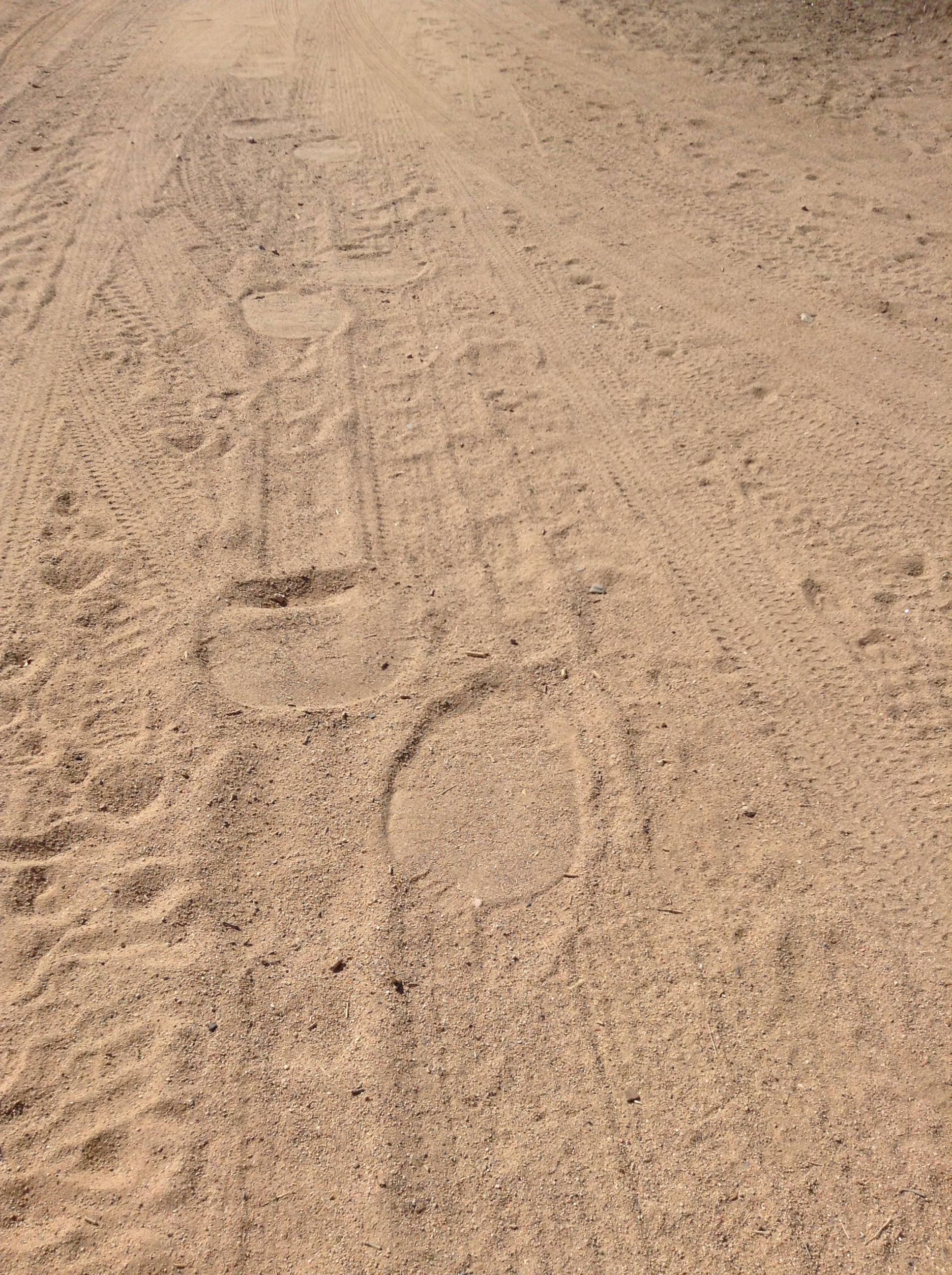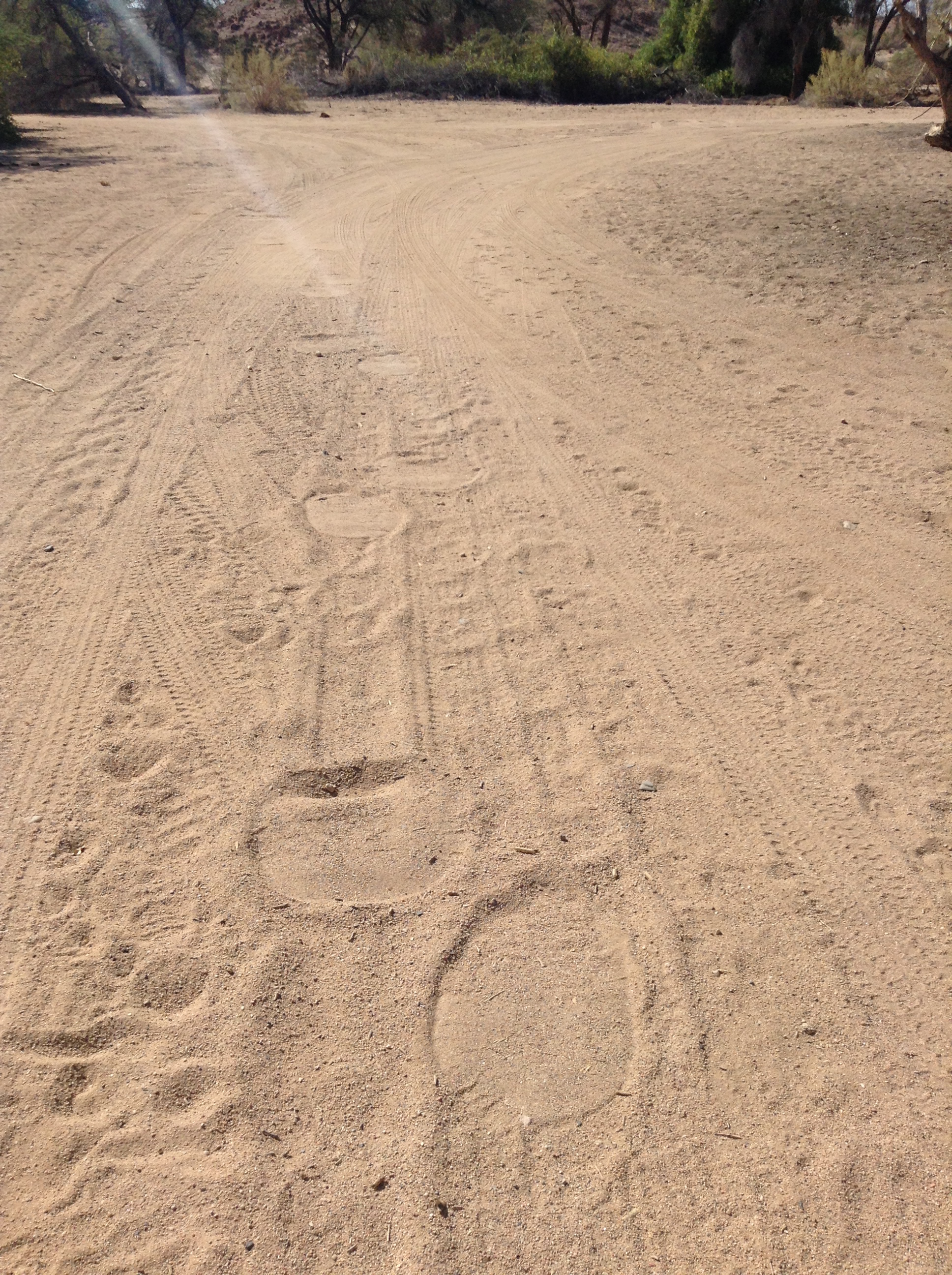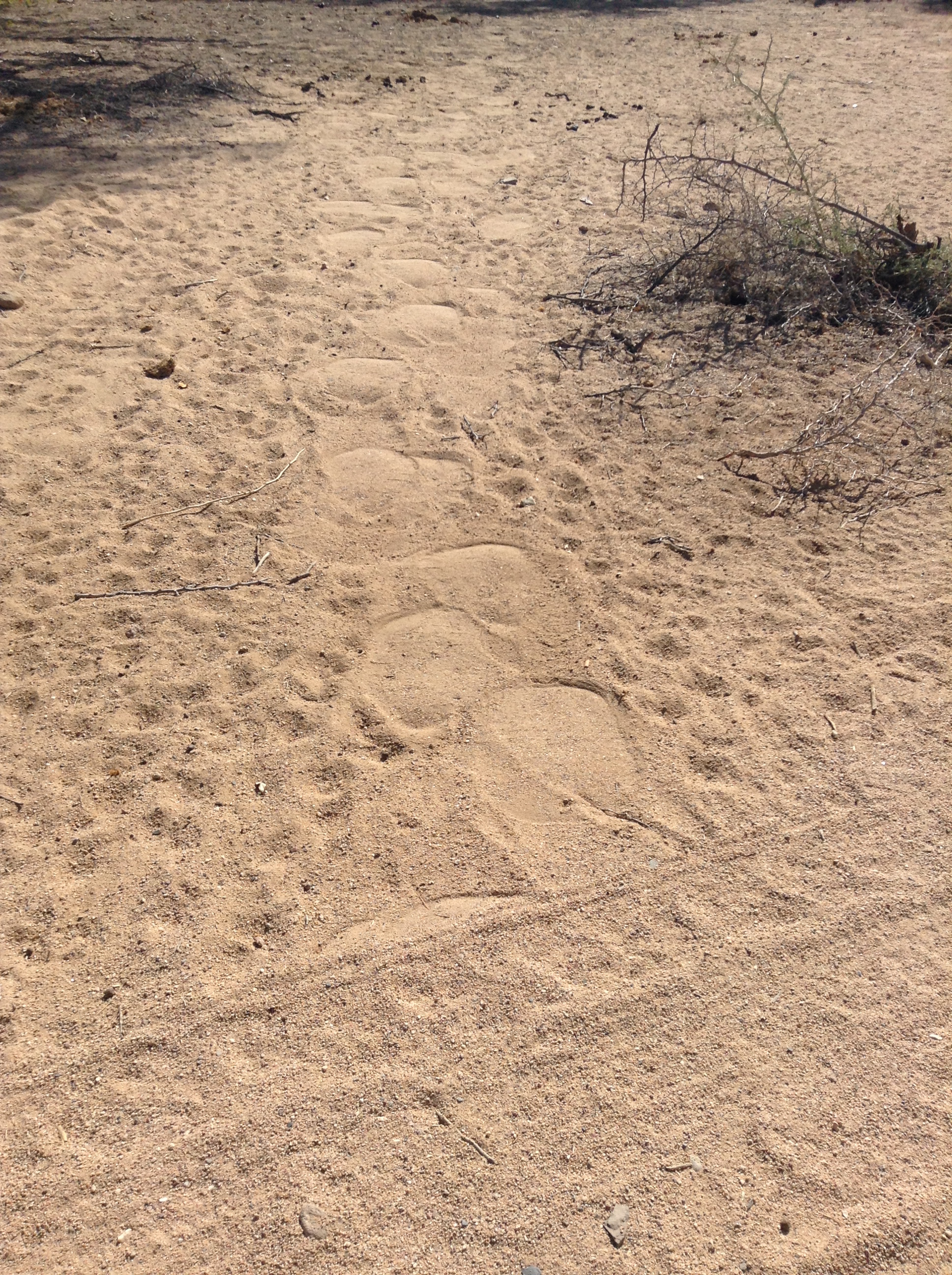During our first few weeks in Africa, we tried our fair share of game meat, including oryx, kudu, springbok, crocodile and even zebra. In case you’re wondering, the best are kudu and oryx - both tender red meat similar to fine cuts of steak. The worst was crocodile, which we found to be like chewy chicken with a slightly fishy taste. Needless to say, not appetizing. Although some crocodile sausages we tried later were actually very good.
“African food” will be different depending on what country you’re in, but at least in southern Africa, it’s usually a basic meal of meat and vegetables, the starchier the better. Potatoes, in their many forms and variations, are very popular. If you don’t love meat’n’potatoes, get ready to eat other rich, heavy foods like pasta, stew and curry. While the food isn’t very fancy, it’s always very filling. Unlike the eating habits of Americans, it seems like African people eat to nourish their bodies and celebrate with their families, not because food is their favorite hobby. (Mostly calling out myself here. No shame.)
Meat is even a popular snack food here, in the form of biltong, which is what we call beef jerky. Biltong can be found in almost any store, from the gas station to the classiest grocery store (Woolworth’s). According to Mike, who has eaten much more Biltong than I have, biltong is essentially the exact same thing as good quality beef jerky sold in America. The difference here is that it’s more popular and thus they’ve created it in countless flavor variations and with not only beef but also game meats and even tuna (we didn’t try that one, though)!
Another very popular food here is curry. Closest in taste to Indian curries, many of the curries we’ve had were distinct in flavor profile with slightly different spices (although I couldn’t tell you what they are). You find all kinds of curries at buffets and on menus - chicken, beef, fish, prawn, red, brown and even yellow.
As you get closer to Durban, the curries become spicier and more Indian-tasting. Sometimes curries are even called “Durban curry” and you know that means it will be very similar to a classic Indian curry. We’ve been told that more advanced palates would be able to tell the difference, but to us it tastes just like our Indian favorites.
While I rarely if ever order a steak back home, Mike and I both love curry, so we’ve enjoyed eating that whenever possible and trying as many new and different foods as we can, when we have the option.
One of the foods we were surprised to be eating a lot during our first month in Africa was pizza.
Now, some of you may be thinking, “Pizza?! Why are they eating food they can get in America! That is so lame.” A guy we met in Soweto told us he “refused to eat pizza in Africa.” Well, good for him and no offense intended, but when you’re on the road for months and months, visiting more than a dozen new countries, you can’t afford to be super picky and only eat high-quality food at nice restaurants. You want food to be three things: filling, cheap, and, most of all, safe (meaning it won’t make you sick).
We quickly realized that pizza is a budget traveler’s dream food in this way. It’s generally cheap, filling and consistent. As any college student will attest, even bad pizza is good. You don’t have to worry about getting sick from unwashed (or washed with bad water) veggies or meats. When you sink your teeth into a piping hot slice and immediately burn your tongue because, yes, you should have waited but you’re just so hungry, you know it has been cooked long enough for any bugs or bacteria to die a hot, fiery death.
But it’s not just the taste and temperature that’s consistent. Pizza is extraordinarily easy to find. Even in small towns in Namibia or on remote islands in the Indian Ocean, there’s a pizza place. Honestly, we probably ate more pizza in our first month in Africa than we would have in the U.S. Not that we’re mad about it - we like pizza as much as the next kid from New Jersey. But let this post show anyone who has ever said, “what do they even eat in Africa” (or “I could never go to Africa, I’m such a picky eater”) the answer is pizza.
Note: in most of Africa, or every part off the beaten tourist path, the answer is actually maize, or “mealies” or ”pap," which we also tried a few times, but found quite bland with the consistency of too-dry mashed potatoes… or play-doh.
Now, it’s important to say here that this post was written before we spent much time in South Africa, so it mostly applies to our time in Namibia, Zambia, Botswana, Seychelles ad Lesotho. Once we arrived in South Africa and spent time in big cities like Johannesburg, Port Elizabeth, Cape Town and many of the towns along the Garden Route, we ate more of the food that we’re used to back home: Italian, Thai and even sushi (much to Grace’s delight). Although we still snacked on plenty of biltong.


























